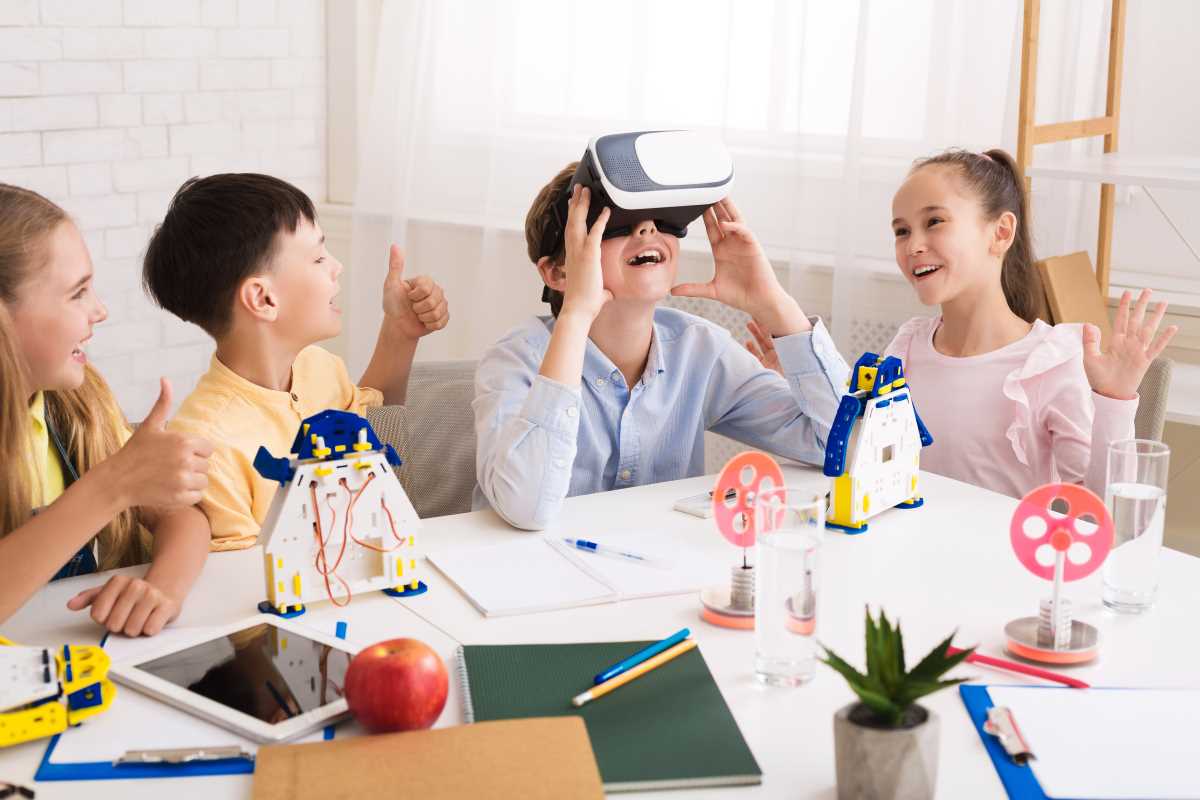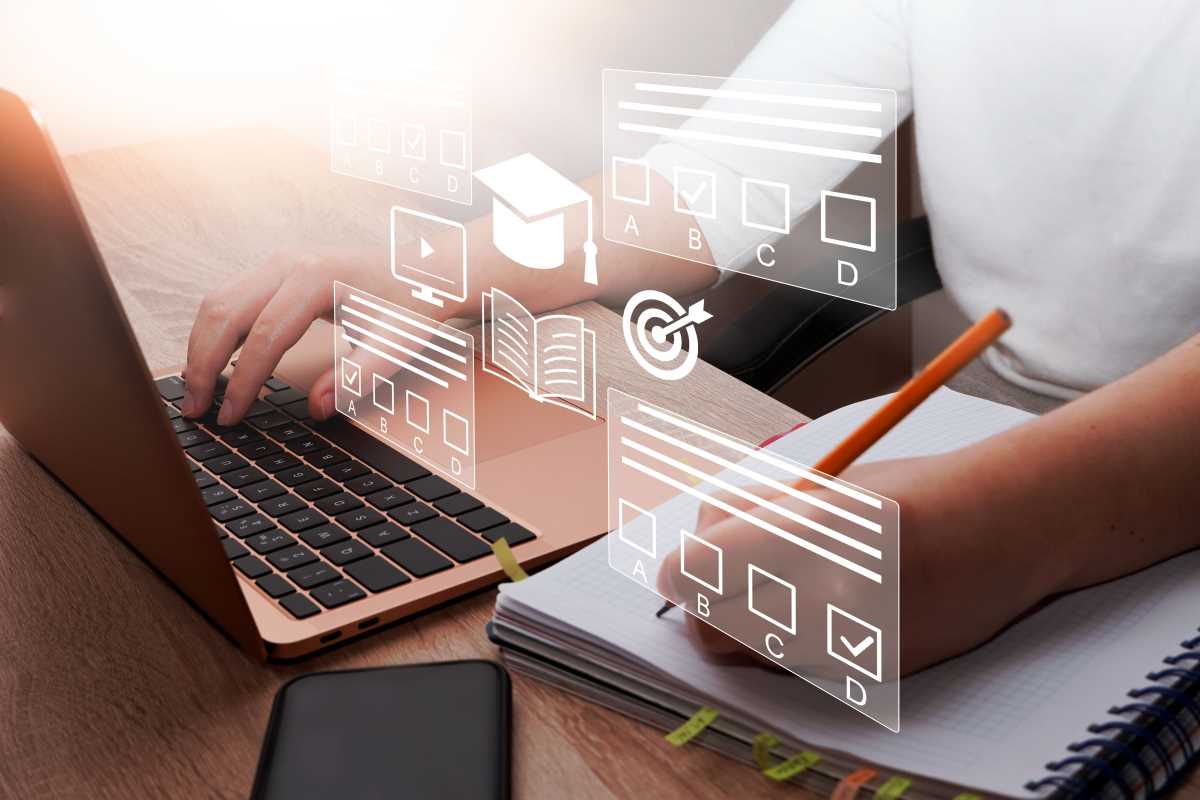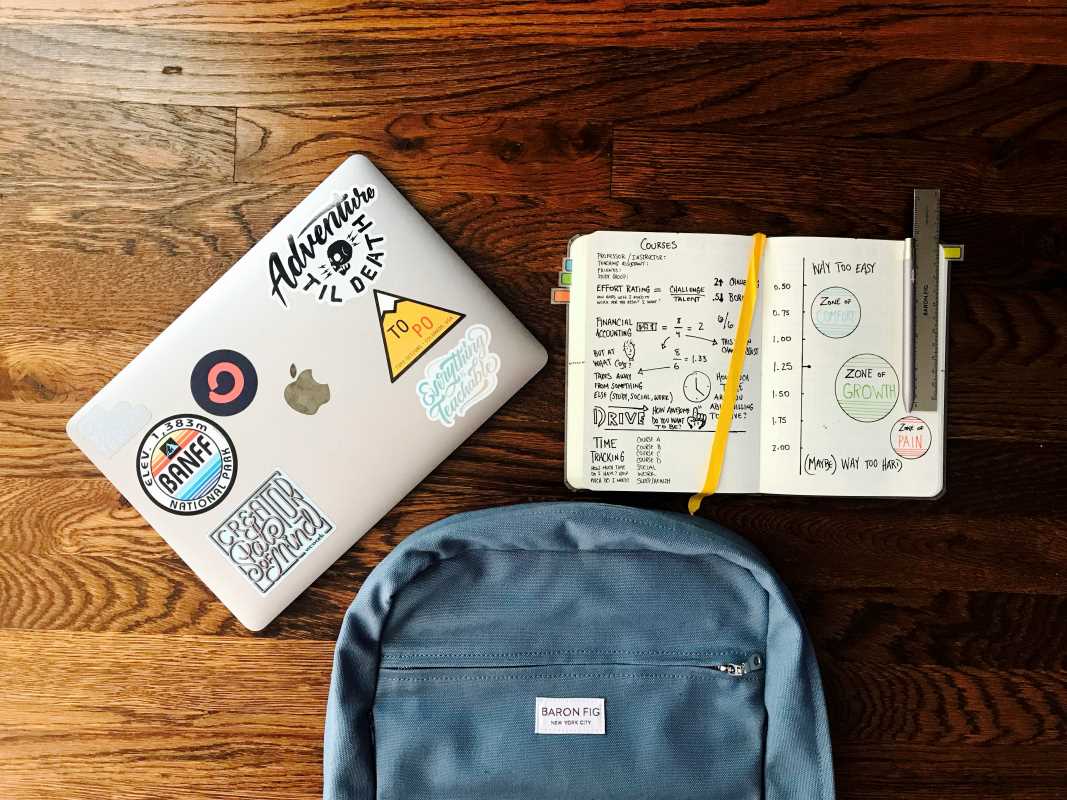Technology is becoming an integral part of modern education, opening doors to innovative ways of teaching even the youngest learners. For early childhood educators, this presents both exciting opportunities and unique challenges. While technology can enhance engagement and address diverse learning needs, its use must be carefully balanced to avoid overwhelming students. A thoughtful approach is essential to ensure that children benefit from these tools without sacrificing the hands-on, play-based learning experiences that are crucial to their development.
The Role of Technology in Early Childhood Education
Digital tools can enrich early childhood classrooms when used intentionally. Interactive apps, virtual storytelling, and multimedia resources capture attention while building foundational literacy, math, and problem-solving skills. For example, educational games can help children practice counting or reinforce letter recognition in a fun and engaging way. Video tutorials and virtual field trips allow students to explore new ideas and cultures far beyond the classroom, introducing them to new perspectives.
Perhaps most importantly, technology can make learning accessible to many students. For children who have developmental delays or learning differences, assistive technologies such as speech-to-text tools or visual scheduling apps provide additional support. These tools allow educators to meet students where they are and tailor their instruction to individual needs.
However, while technology offers real advantages, it is not a one-size-fits-all solution. Overuse or poorly chosen tools can lead to overstimulation and disengagement or even hinder social and physical development. Striking the right balance is key.
Addressing Screen Time Concerns
One of the main concerns with technology in early education is how much screen time young children are exposed to. Research suggests that prolonged exposure to screens can negatively impact sleep patterns, attention spans, and physical activity levels. Excessive screen time can be particularly counterproductive for early learners, who thrive on interaction, exploration, and movement.
Nonetheless, this doesn’t mean technology must be avoided altogether—it simply underscores the need for moderation and intentionality. Educators can achieve this by following guidelines from organizations like the American Academy of Pediatrics, which recommend limiting screen time for preschoolers to no more than one hour of high-quality content per day in non-educational settings. Educators might integrate technology within the classroom in short, focused bursts, such as using it for a 15-minute group activity or as a supplemental resource during transitions.
Selecting Age-Appropriate Tools and Resources
The success of technology integration depends largely on the tools and resources chosen. Early childhood educators must prioritize apps, games, and programs that are specifically designed for young children. These tools should align with developmental milestones, feature straightforward navigation, and foster critical early skills.
For instance, platforms like ABCmouse or Starfall offer interactive lessons with bright visuals and engaging audio cues, making them appropriate for young learners. Storybook apps with read-aloud functions can also support language development while encouraging a love for reading. Programs encouraging creative self-expression—such as digital drawing or music-making apps—can help students develop fine motor skills and explore their creativity.
When evaluating new resources, educators should ask themselves questions like:
- Does this tool encourage active learning, or is it mostly passive?
- Does it support individual and group activities?
- Does it align with my curriculum goals and classroom values?
Piloting tools with small groups of students and observing their engagement can also help determine a resource's suitability.
Blending Technology with Hands-On Activities
Technology should complement—not replace—traditional early learning methods to avoid overwhelming students. Blending digital tools with hands-on, play-based activities provides students with a well-rounded experience. For example, an app teaching shapes could be paired with a physical activity where children use blocks or craft materials to create those shapes in 3D. Similarly, a virtual storytelling session could conclude with students drawing or acting out their favorite parts of the story.
The key is to balance screen-based learning with opportunities for physical movement, social interaction, and tactile exploration. This balance supports cognitive, social, and emotional development while keeping students engaged and excited to learn.
Fostering Digital Literacy in Young Learners
Digital literacy skills are as vital in early childhood as traditional ones. Teaching children how to interact responsibly with technology sets a strong foundation for future learning. Early lessons on using devices respectfully, sharing digital tools with peers, and understanding basic online safety can prepare young learners for the increasingly digital world.
For example, educators can introduce children to basic concepts like protecting personal information by role-playing scenarios in which they "log in" to a pretend computer. Group activities can teach the importance of turn-taking when using shared technology. Educators can instill positive habits in their students by modeling responsible behavior—such as limiting their own screen time and demonstrating a thoughtful approach to device use.
Overcoming Challenges of Tech Integration
Educators often face practical hurdles when incorporating technology, such as limited device access, insufficient training, or fears about balancing digital tools with traditional methods. Professional development can help teachers feel more confident in identifying effective resources and incorporating them into their classrooms sustainably.
Collaboration is another important aspect. Partnering with colleagues, tech coaches, or parents can generate fresh ideas and provide insights into best strategies. For instance, by involving families, educators can extend digital literacy lessons into the home, reinforcing key concepts while ensuring continuity.
Finally, periodic reflection on the role of technology in the classroom is critical. Teachers should regularly evaluate whether their current approaches achieve their desired outcomes and be willing to adapt as needed.
Moving Forward with Confidence
Integrating technology in early childhood classrooms requires intentionality, balance, and a focus on the needs of young learners. When done thoughtfully, it enriches children’s learning experiences, supports diverse educational needs, and prepares students for a future where technology is integral to everyday life. By selecting age-appropriate tools, blending tech with hands-on activities, and teaching digital literacy in developmentally appropriate ways, educators can ensure their students benefit from the best of both worlds.







